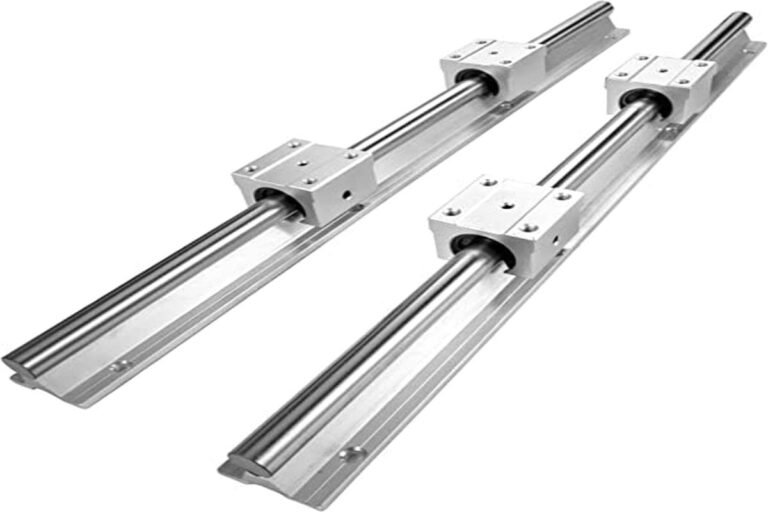Unlocking Efficiency: How Solid Waste Routing Software Optimizes Collection Routes
In today’s world, where sustainability and efficiency are paramount, the way we handle waste collection is undergoing a significant transformation. Solid waste routing software is emerging as a powerful tool for waste management companies, municipalities, and private haulers alike, offering a data-driven approach to optimizing collection routes and maximizing operational efficiency.
For decades, the process of planning collection routes often relied on manual methods, with factors like driver familiarity with areas and historical data playing a significant role. While these approaches weren’t necessarily ineffective, they lacked the precision and adaptability needed for today’s dynamic waste management landscape.

The Challenges of Traditional Route Planning
Traditional route planning methods are often plagued by several limitations:
- Inefficiency: Manual route planning can be time-consuming and prone to errors, leading to longer routes, increased fuel consumption, and unnecessary wear and tear on vehicles.
- Inaccuracy: Static data used in manual planning often fails to account for real-time factors like traffic congestion, road closures, and weather conditions.
- Limited Scalability: As collection areas or waste volumes grow, manual route planning can become unwieldy and difficult to maintain effectively.
Solid Waste Routing Software: A Data-Driven Revolution
Solid waste routing software addresses these challenges by leveraging sophisticated algorithms and real-time data to design intelligent collection routes. Here’s how it works:
-
Data Integration: The software collects and integrates various data points, including:
- Geographic Information Systems (GIS) data: This provides a detailed map of collection areas, including street layouts, one-way streets, and physical barriers.
- Waste collection data: This includes information like bin locations, pickup frequencies, and average waste volumes.
- Traffic data: Real-time or historical traffic data helps account for congestion and optimize route timing.
- Vehicle data: Information like vehicle capacity, fuel efficiency, and driver availability is factored in.
-
Route Optimization Algorithms: At the heart of the software are powerful optimization algorithms that analyze the collected data to generate efficient routes. These algorithms consider factors like:
- Shortest distances: Minimizing the total distance traveled by collection vehicles reduces fuel consumption and vehicle wear and tear.
- Traffic patterns: The software can account for real-time or historical traffic data to avoid congested areas and optimize travel times.
- Vehicle capacities: Routes are designed to ensure vehicles are filled to capacity without exceeding weight restrictions.
- Service windows: Specific collection times required for certain locations can be factored into the route planning process.
-
Dynamic Route Adjustments: Waste collection routing software is not static. It can account for unexpected events like road closures or traffic accidents by dynamically rerouting vehicles in real-time, ensuring minimal disruption to collection schedules.
The Benefits of Waste Collection Routing Software
Implementing waste collection routing software offers a multitude of benefits for waste management companies, municipalities, and private haulers:
- Reduced Operational Costs: Optimized routes lead to significant reductions in fuel consumption, vehicle wear and tear, and labor costs. Studies have shown that waste collection routing software can reduce operational costs by 10-30%.
- Improved Environmental Impact: Reduced fuel consumption translates to lower greenhouse gas emissions, contributing to a more sustainable waste management system.
- Enhanced Customer Service: Optimized routes ensure timely collections, reducing customer frustration and improving overall service satisfaction.
- Increased Productivity: Drivers spend less time navigating inefficient routes and more time collecting waste, leading to increased productivity.
- Improved Data-Driven Decision Making: The software provides valuable data insights into route performance, allowing for continuous improvement and better resource allocation.

Conclusion
In conclusion, waste collection routing software is revolutionizing the waste management industry by enabling data-driven, efficient, and sustainable collection practices. By optimizing routes, reducing costs, and improving customer service, waste collection routing software is a valuable tool for any organization looking to streamline their waste collection operations. As the industry continues to evolve, waste collection routing software will undoubtedly play a pivotal role in creating a more sustainable and efficient waste management future.
FAQs: Unlocking Efficiency with Waste Collection Routing Software
This blog post explored the benefits of waste collection routing software and how it optimizes collection routes. Here are some frequently asked questions (FAQs) to provide further insights:
1. What are the different types of waste collection routing software?
There are various waste collection routing software options available, each catering to specific needs. Some common types include:
- Route optimization software: This focuses on optimizing collection routes based on factors like distance, traffic, and vehicle capacity.
- Dynamic dispatch software: This allows for real-time adjustments to routes based on unexpected events like traffic congestion or vehicle breakdowns.
- Workforce management software: This integrates route planning with driver scheduling and communication, offering a holistic view of waste collection operations.
2. How much does waste collection routing software cost?
The cost of waste collection routing software can vary depending on the features offered, the size of your operation, and the chosen deployment model (cloud-based vs. on-premise). Generally, pricing structures involve a monthly subscription fee or a one-time license fee with ongoing support charges. It’s recommended to contact software vendors directly for specific quotes.
3. Is waste collection routing software easy to use?
Most waste collection routing software solutions are designed with user-friendly interfaces and offer comprehensive training resources. The software typically integrates with existing GIS data and waste management systems, ensuring a smooth implementation process.
4. How long does it take to see the benefits of waste collection routing software?
The time it takes to see the benefits of waste collection routing software depends on the complexity of your existing operations and the efficiency gains achievable. However, many companies report seeing reductions in fuel consumption and operational costs within the first few months of implementation.
5. Can waste collection routing software help me reduce my environmental impact?
Absolutely! By optimizing routes and reducing fuel consumption, waste collection routing software directly contributes to a lower carbon footprint. Additionally, some software solutions offer features like bin level monitoring, which can encourage waste reduction practices.






